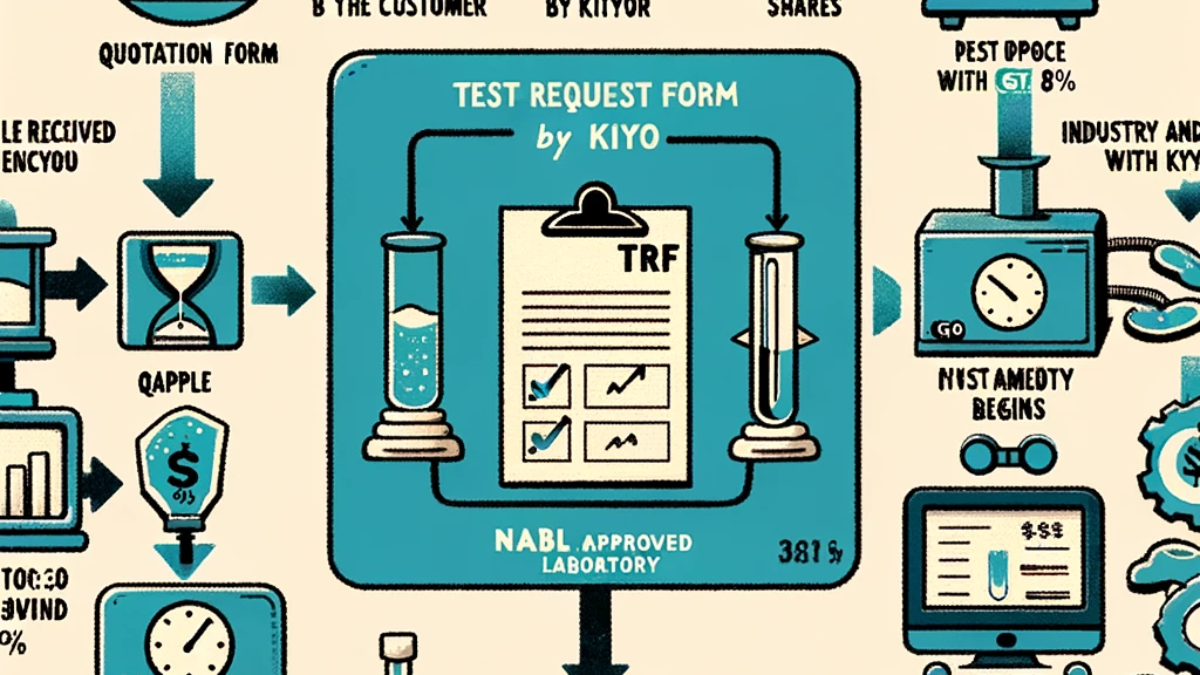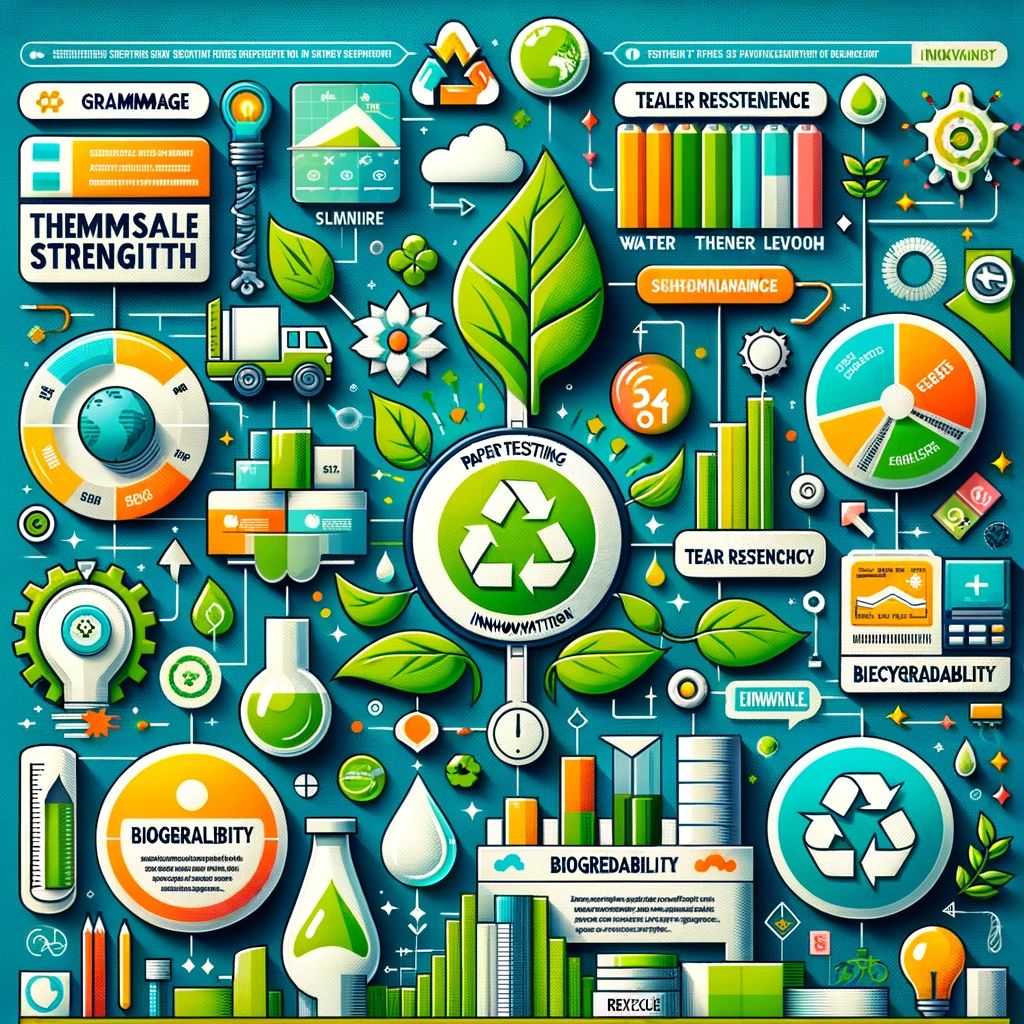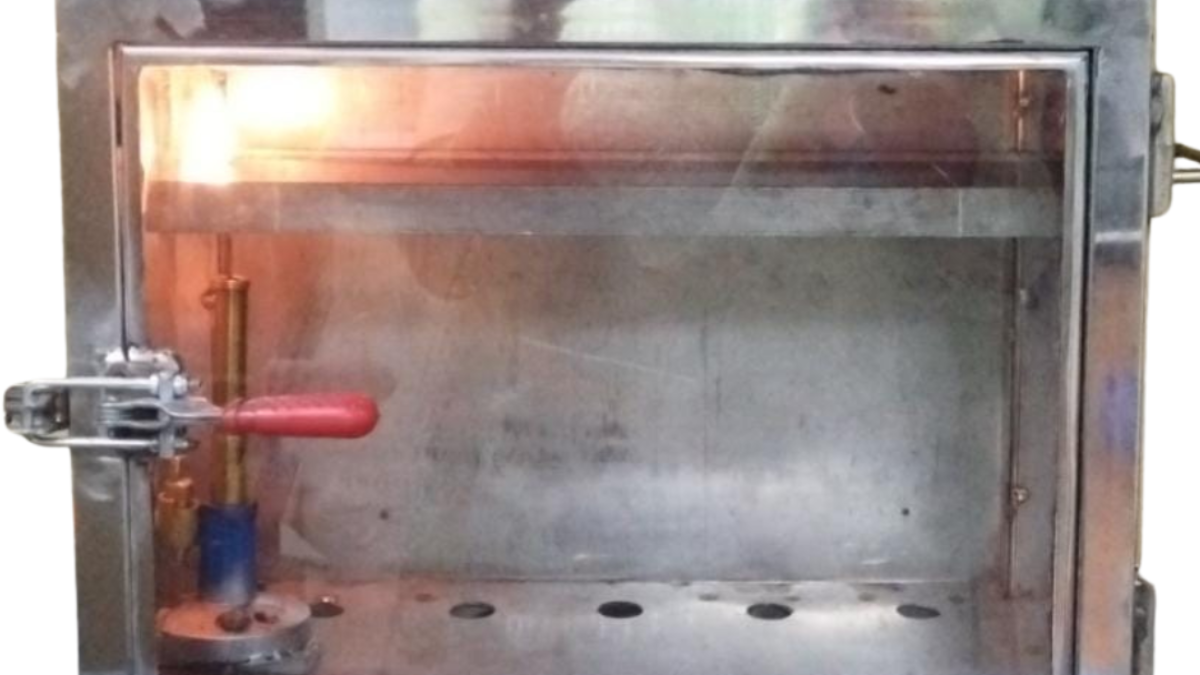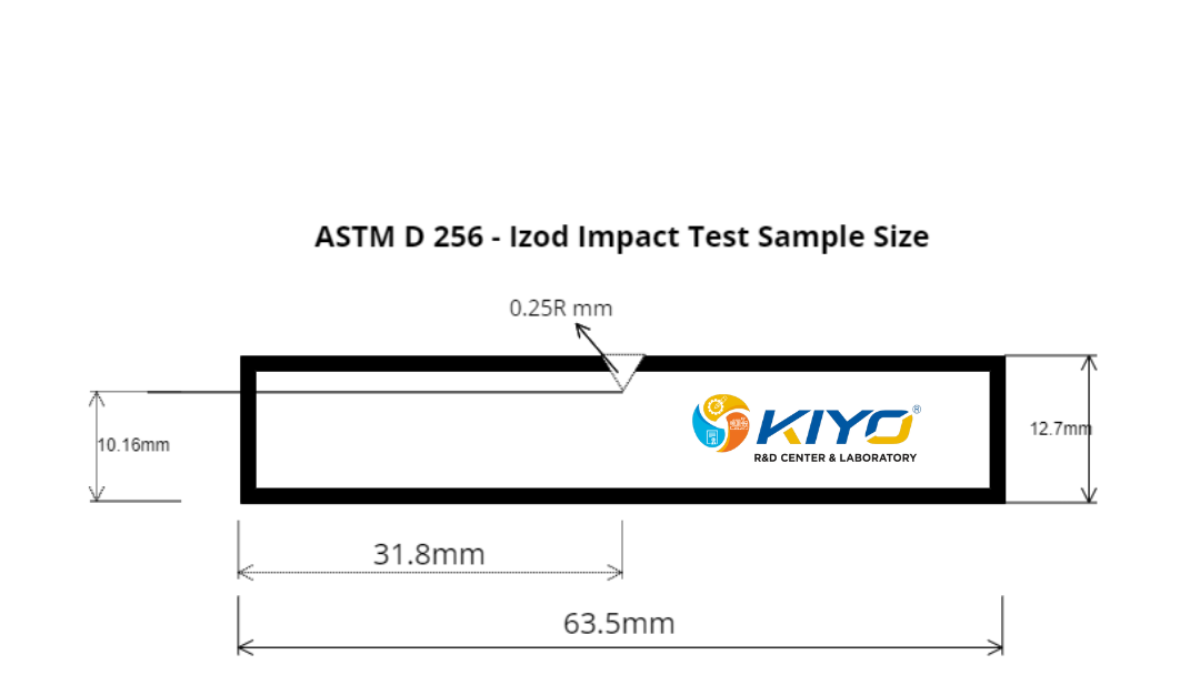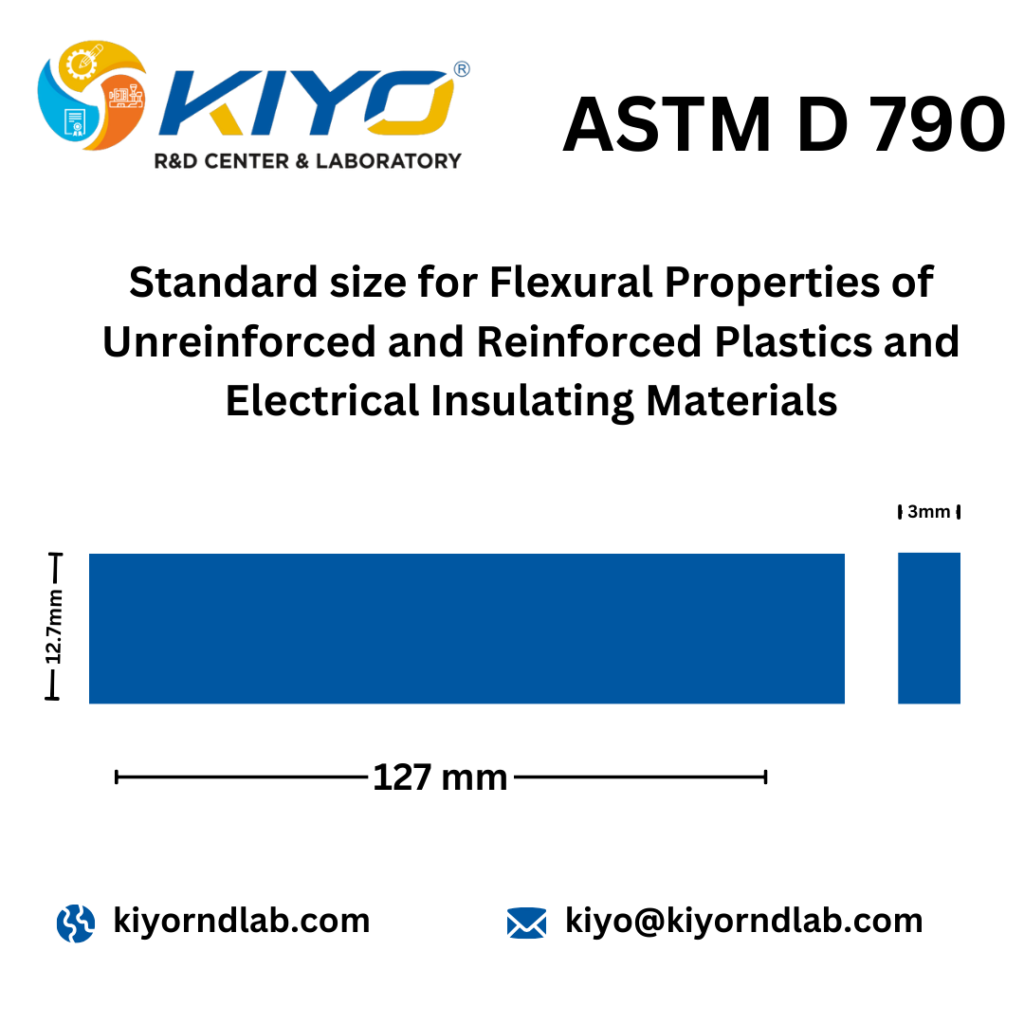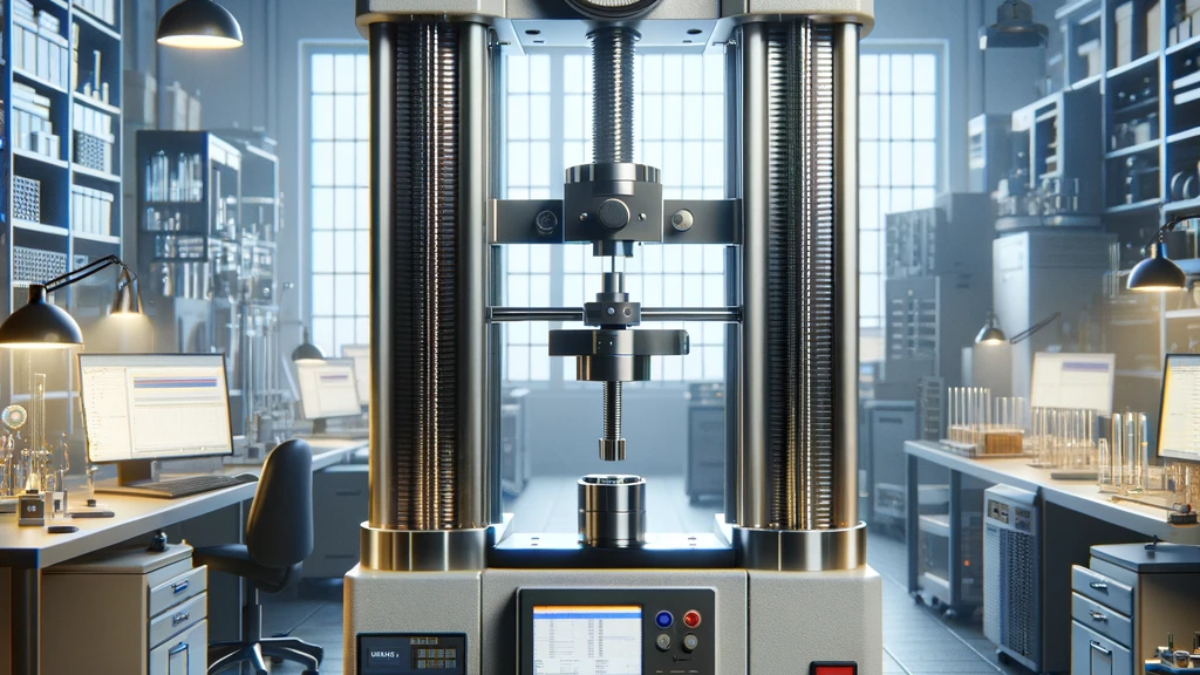Mastering the Dynamics: Vibration Testing at Kiyo R&D Center & Laboratory
Introduction
In the relentless pursuit of excellence and durability in product design, vibration testing emerges as a pivotal evaluation tool. At Kiyo R&D Center & Laboratory, we harness the power of advanced vibration testing to simulate real-world conditions, ensuring that products not only meet but exceed the rigorous demands of their intended environments.
Unveiling Vibration Testing
Vibration testing subjects products and materials to a variety of vibratory forces to mimic operational stresses. This simulation helps identify potential weaknesses, ensuring that the final product can withstand everything from daily use to extreme conditions without failure.
The Significance of Vibration Testing
- Predictive Analysis: Offers a glimpse into a product’s durability and operational lifespan.
- Design Optimization: Highlights areas for improvement, contributing to more resilient product designs.
- Regulatory Compliance: Ensures products meet global standards and regulations for safety and performance.
- Consumer Trust: Builds confidence in product reliability and quality, enhancing brand reputation.
Kiyo R&D’s Approach to Vibration Testing
At Kiyo R&D, we offer a comprehensive suite of vibration testing services, utilizing cutting-edge technology and methodologies to deliver unparalleled insights.
- Random Vibration Testing: Mimics complex, real-world environments by applying random vibrations across a spectrum of frequencies.
- Sinusoidal Vibration Testing: Identifies resonant frequencies by applying continuous sine wave vibrations, crucial for understanding how products behave under specific conditions.
- Combined Environmental Testing: Integrates vibration testing with temperature and humidity variations to evaluate product performance under environmental stressors.
- Shock and Impact Testing: Assesses product resilience to sudden forces or impacts, simulating scenarios like drops, collisions, and transportation stresses.
Tailoring Solutions Across Industries
Our vibration testing services cater to a diverse array of industries, each with unique challenges and standards:
- Aerospace & Aviation: Ensuring components can endure the rigors of flight and atmospheric pressure changes.
- Automotive: Simulating road vibrations and impacts to test vehicle components and systems for durability and safety.
- Electronics: Assessing the resilience of devices and components against everyday handling and environmental vibrations.
- Manufacturing & Construction: Evaluating machinery and structural components for operational longevity and safety under vibrational stress.
Case Studies: Success Through Vibration Testing
[This section would feature real-life examples of how Kiyo R&D has helped clients identify and solve vibration-related challenges, enhancing product durability, safety, and performance.]Partnering with Kiyo R&D
Choosing Kiyo R&D Center & Laboratory for your vibration testing needs means partnering with a leader in precision testing services. Our team of experts employs a meticulous approach to testing, analysis, and reporting, ensuring your products stand the test of time and exceed market expectations.
Conclusion: Ensuring Excellence in a Vibrant World
Vibration testing is more than a procedure; it’s a commitment to quality and reliability. At Kiyo R&D Center & Laboratory, we empower industries to forge ahead with confidence, providing the insights needed to create products that are not only capable of surviving but thriving under the dynamic stresses of their operational lives.
Contact Kiyo R&D today to learn more about our vibration testing services and how we can help elevate your products to new heights of excellence and reliability.





